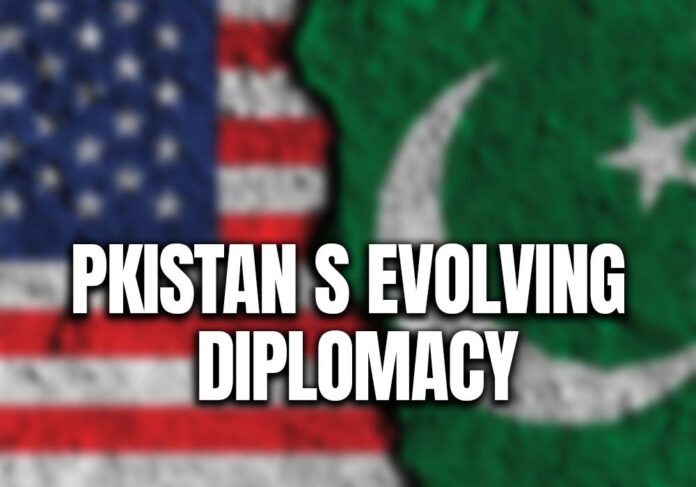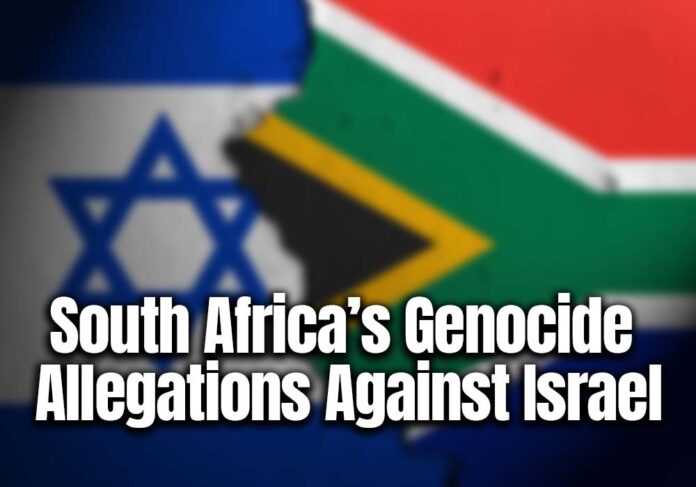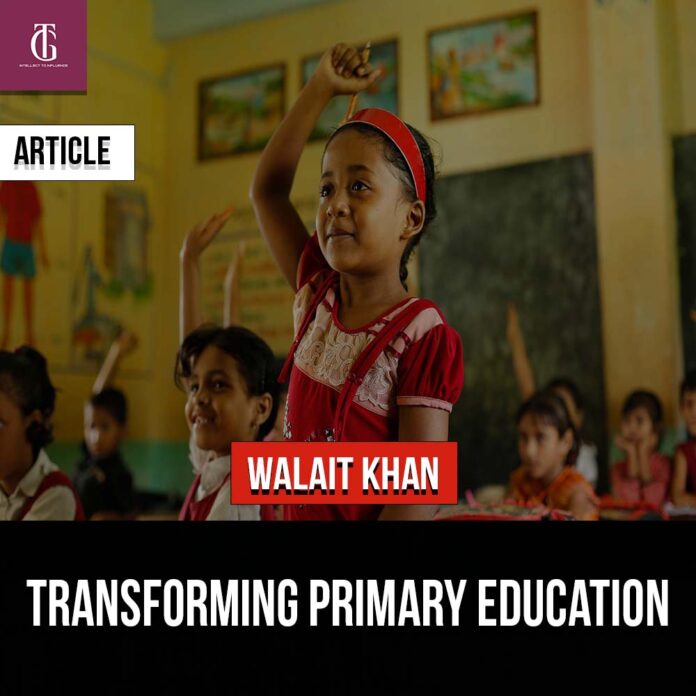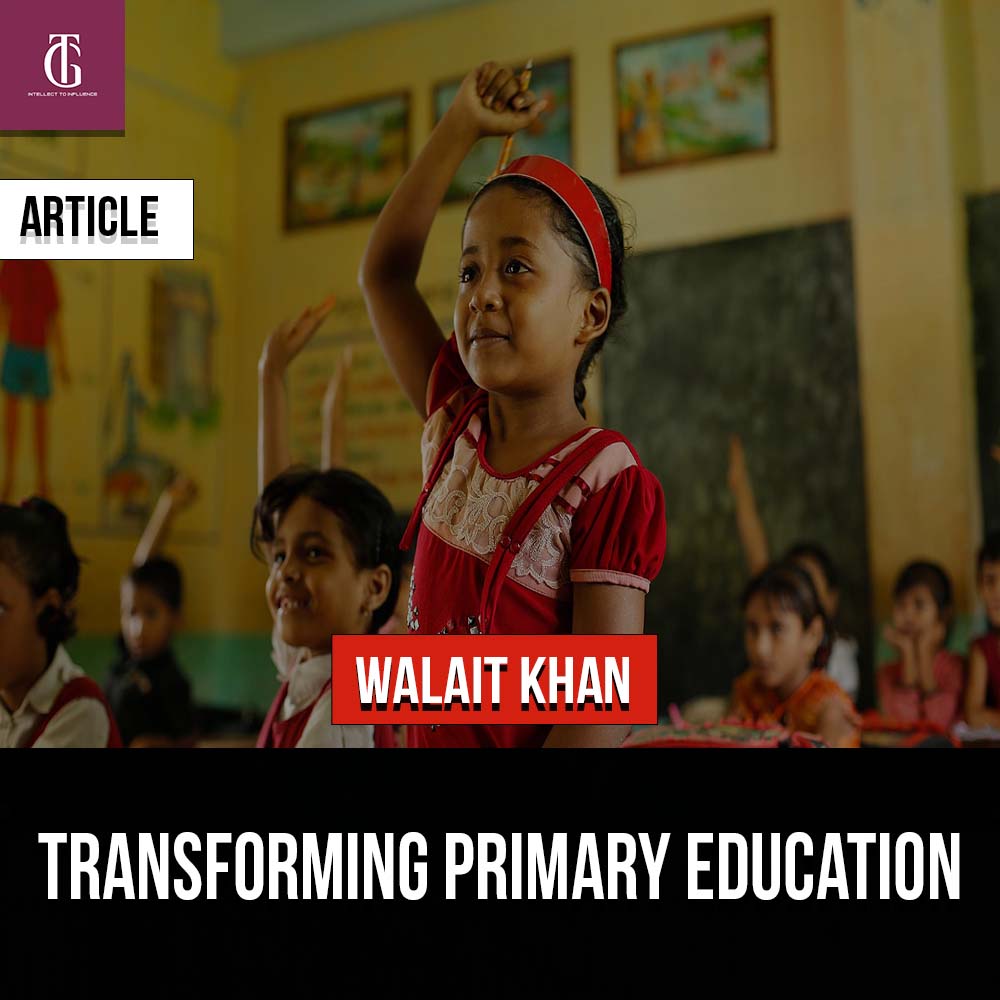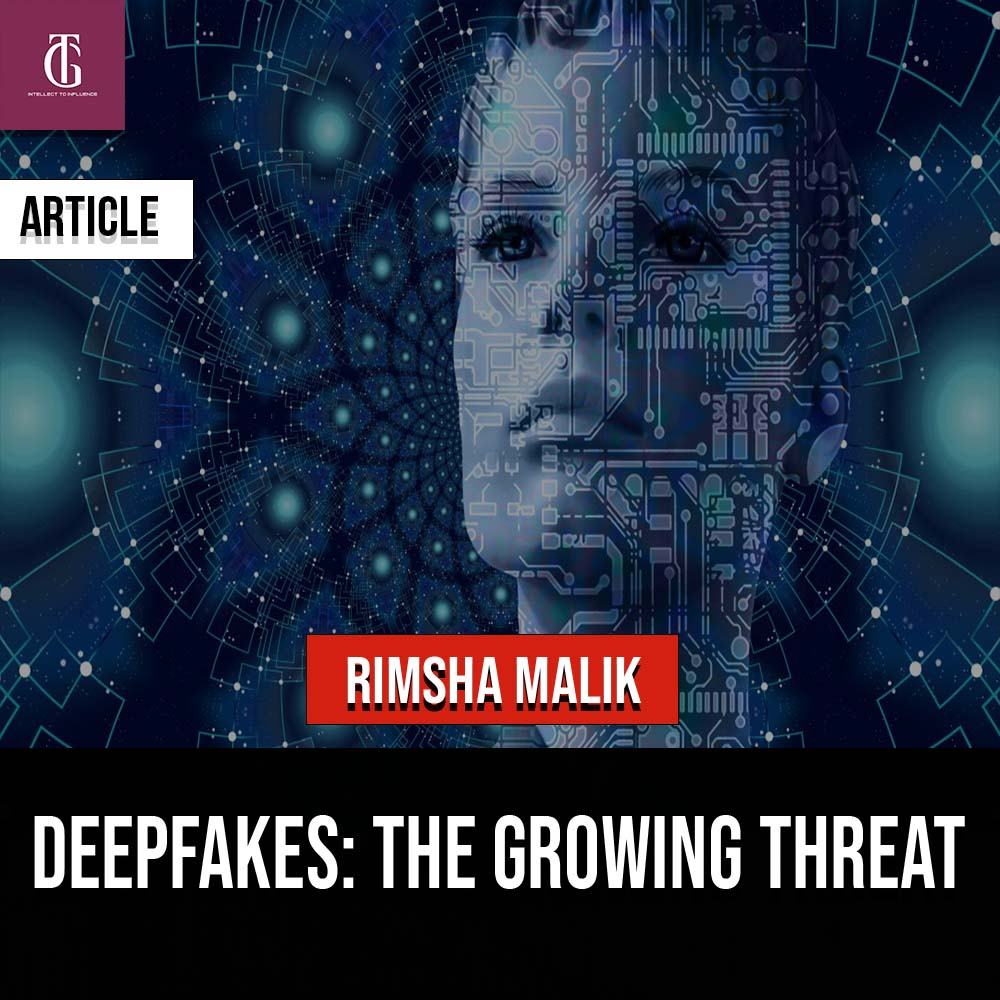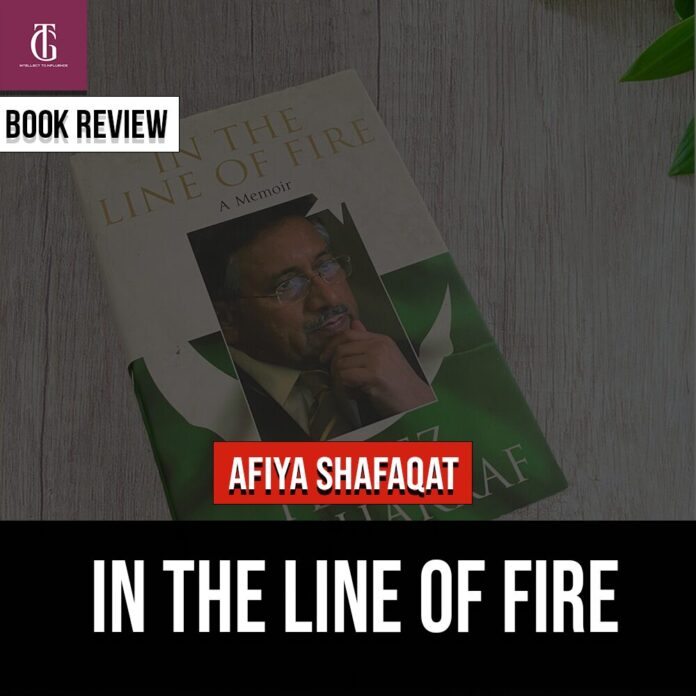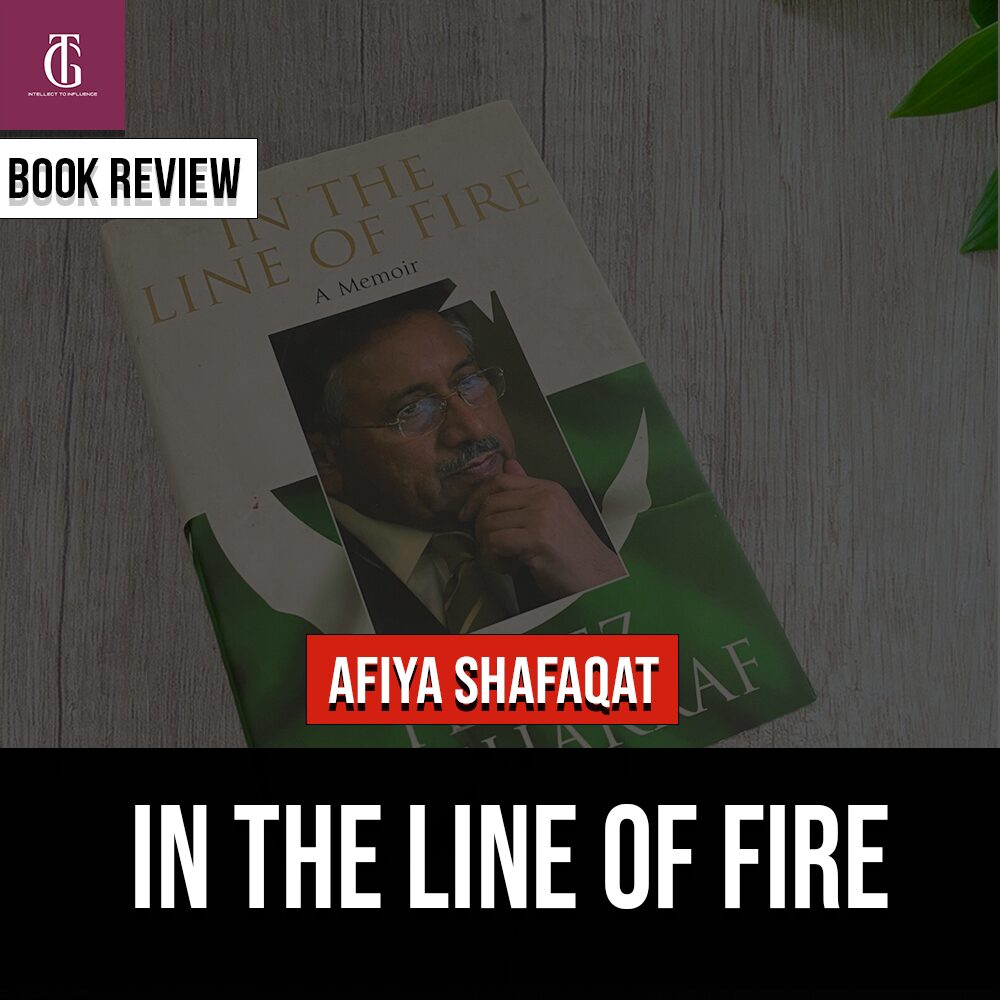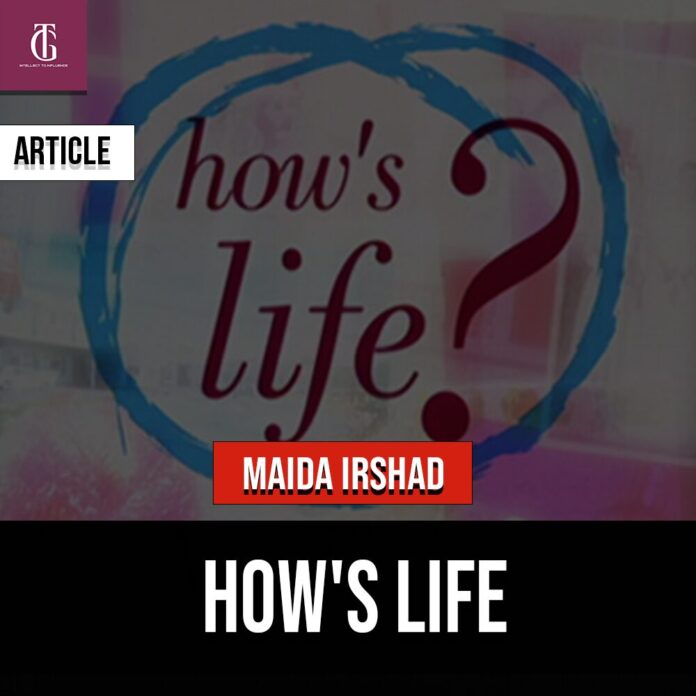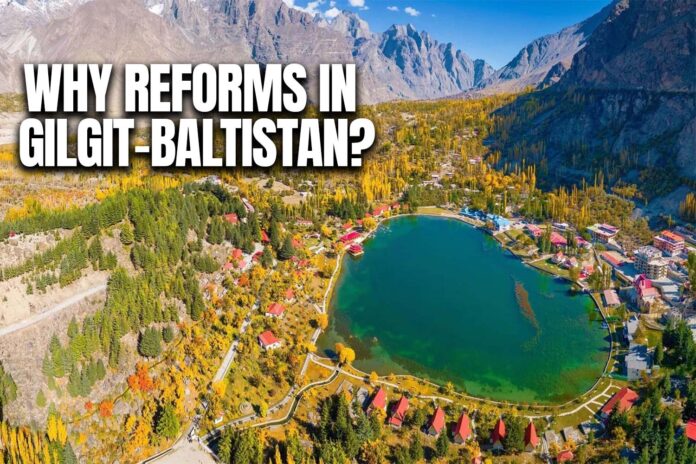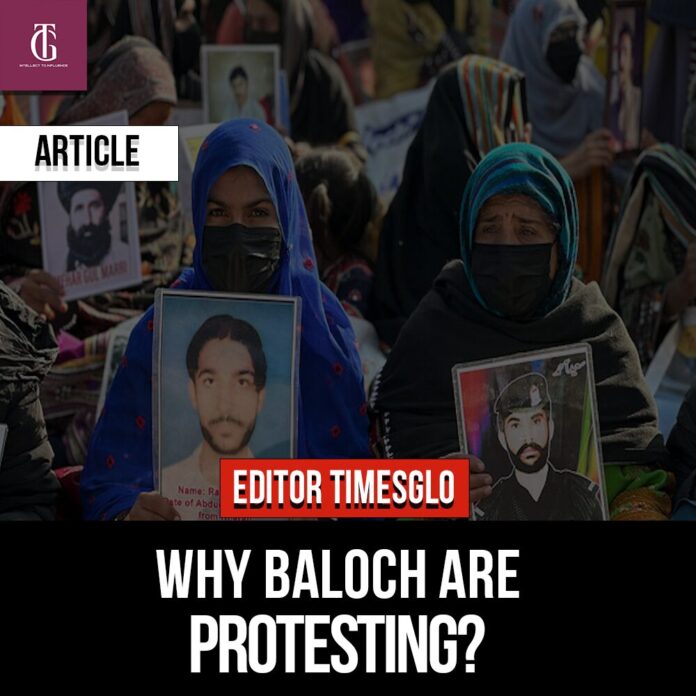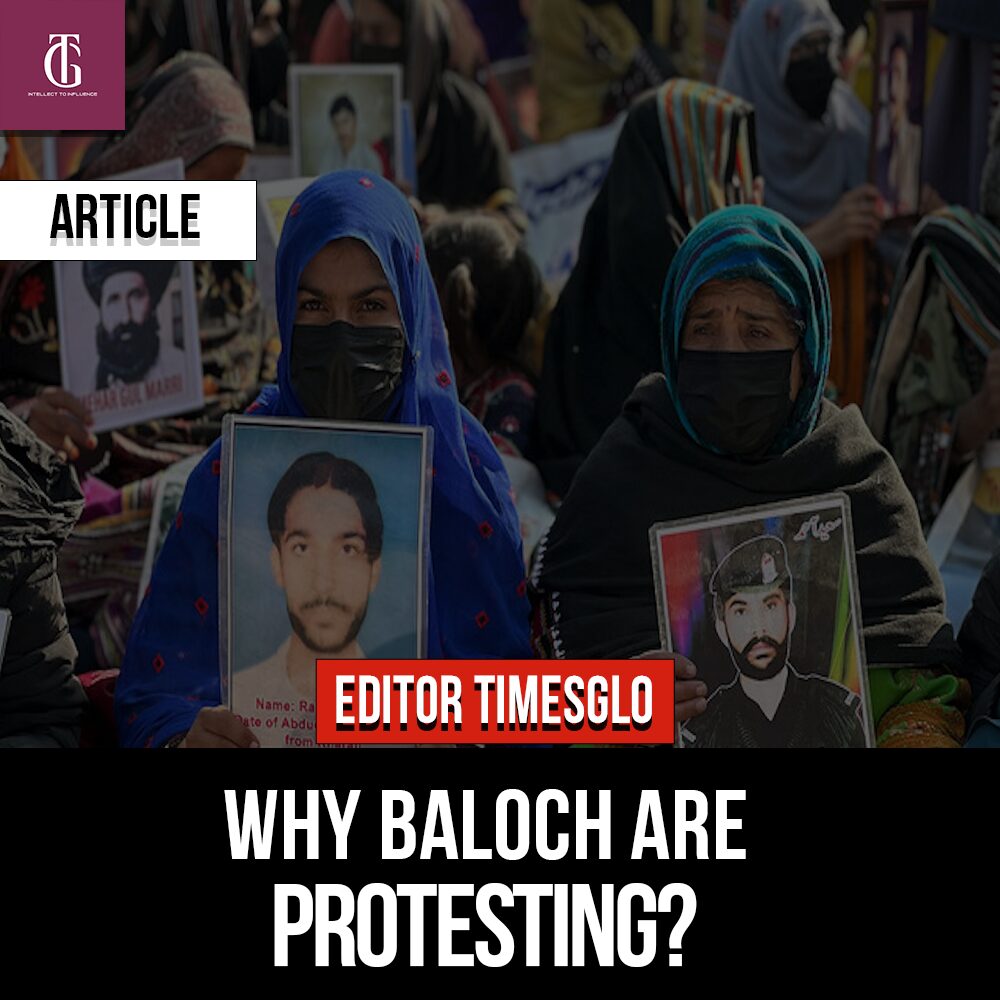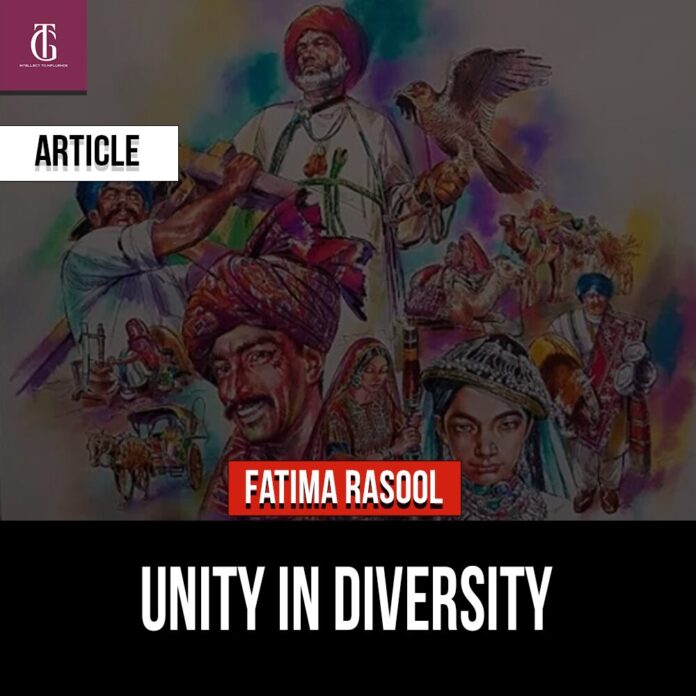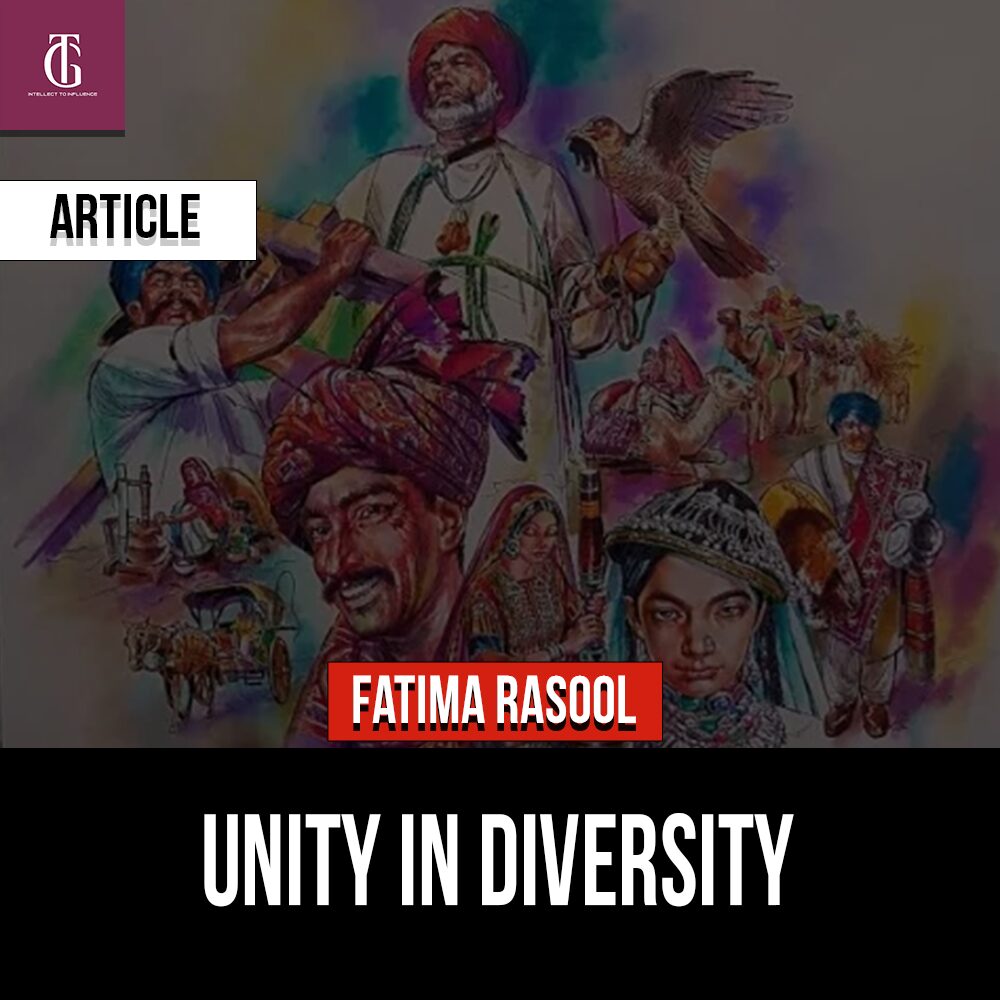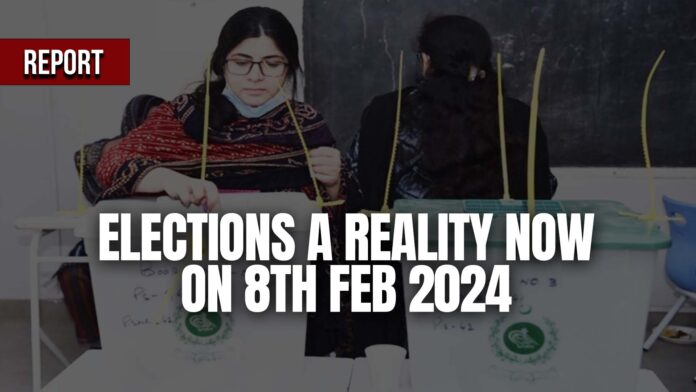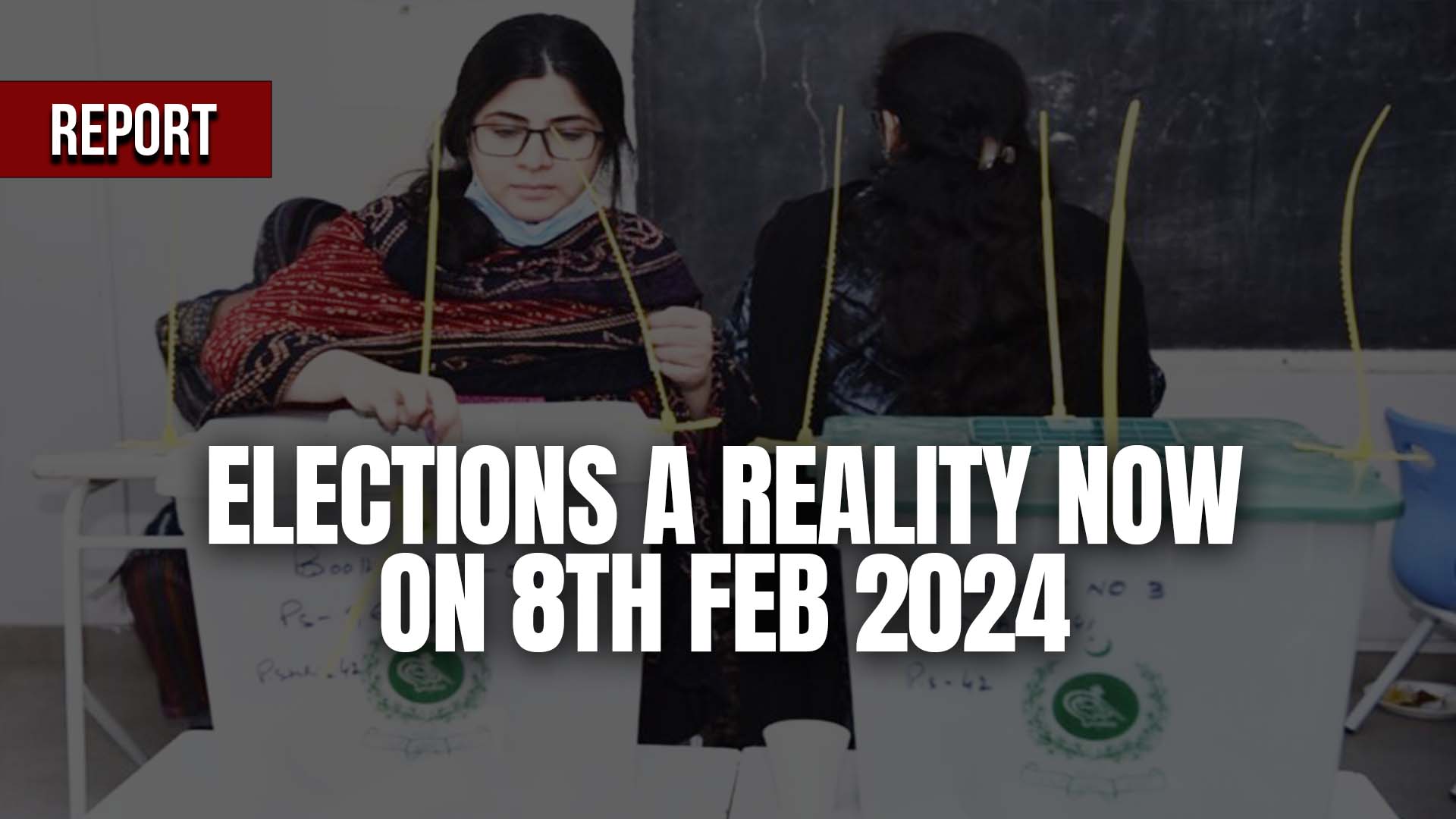Pakistan has generally maintained close and friendly relations with its Middle Eastern neighbors since its inception. Pakistan has consistently supported the Arab nations in their struggle against Israel. Over time, the Middle East has become a crucial region in Pakistan’s foreign relations.
The recent changes in the international system, like the Russian invasion of Ukraine, have had a significant impact on the diplomatic landscape in the Middle Eastern region. The global energy and food crisis has also raised concerns for all countries involved. It’s interesting to see the agreement between Iran and Saudi Arabia that led to the normalization of relations, with China playing a role as a mediator. This shows that there are ongoing changes in these countries and the broader Middle East,
as well as shifts in global dynamics.
It’s a sign that China’s role as a mediator in this agreement marks a shift from the traditional dominance of US influence in the region. With Saudi’s normalization with Iran, there was a glimmer of hope for Pakistan that Pakistan could increase its engagement with Iran for its energy appetites but a recent illegal act of Iran against Pakistan which has violated international law and challenged Pakistan’s sovereignty nipped the chances of opportunities for coordination. I think
with Iran’s beaten air strike chances of countering terrorism collectively and the concept of the Muslim Brotherhood have perished.
Since 2016, Pakistan has been navigating critical situations and striving to maintain a delicate balance among Qatar, Saudi Arabia, and other GCC countries. The Syrian, Iraqi, and Libyan wars have further complicated the situation, with Saudi Arabia and Turkey taking opposing sides, putting Pakistan in a
difficult position as it has good relations with both. Pakistan has made efforts to play a neutralizing role between Iran and Saudi Arabia, as well as between Saudi Arabia and Qatar.
The Israel-Hamas conflict is likely to have a profound impact on the region, leading to increased insecurity across the Middle East. Pakistan has always taken a proactive stance in the Middle East due to its strategic location, serving as a link between South Asia, Central Asia, and the Middle East via
Iran. However, the turbulence in the Middle East has posed challenges for Pakistan. The string of air strikes exhibited by Iran against its neighbor is a solid example of the spillover of war in the Middle East which Pakistan has to endure. Fortunately, Middle Eastern countries are now working towards
normalizing their relations, which presents an excellent opportunity for Pakistan to establish itself as a diplomatic center stage in the region.
Notably, Pakistan, Iran, and Turkey have initiated a cargo railway project, symbolizing their growing cooperation. Pakistan’s evolving diplomatic approach in
the Middle East amidst these scenarios brings both significant challenges and promising opportunities.
Threats and Opportunities:
In 2022 political instability in Pakistan, including the removal of Imran Khan’s government and the ongoing legal battles, has created a lot of uncertainty. This internal turmoil and conflict has
weakened Pakistan’s position on the international stage, making it more challenging to maintain consistent diplomatic partnerships in the Middle East. The shifting political landscape in Pakistan creates uncertainty for regional powers like Iran and Saudia Arabia who may hesitate to commit to long-term partnerships until a more stable government emerges. As a result, Pakistan’s leverage and influence in the region can be limited. It’s a challenging situation for Pakistan. A state’s policy
could be asserted and active when the state is stable internally as foreign policies are normally the reflection of the internal governance of the states. Let us accept internally my state is dealing with the bloody kind of militancy and endemic governance and economic issues with the unending
cycle of political vengeance.
The Middle East countries are major oil suppliers and have a significant impact on Pakistan’s economy. Pakistan relies on the IMF, World Bank, China, and some Middle Eastern countries for
economic stability. The ongoing Palestine-Israel conflict, along with the expected rise in oil prices and the fragility of the currency, may lead to higher costs for goods and services in Pakistan. Given Pakistan’s historical stance on the conflict, there could be negative public sentiments towards certain Western brands, but it is expected to have a symbolic impact on their business.
India’s presence in the Middle East is diverse, with connections between people and investments in various sectors like health, education, media, and film industry. India has been actively
strengthening its ties with the Middle Eastern region through various initiatives and partnerships.
One example is the India-UAE Comprehensive Strategic Partnership, which has enhanced cooperation in areas such as trade, investment, energy, and defense. Additionally, India has
deepened its engagement with Saudi Arabia through high-level visits and collaborations in sectors like energy, infrastructure, and technology. India has maintained its democracy, emphasizing the importance of continuity in the governing system. On the other hand, Pakistan faces challenges in
policy consistency, especially in economic policies. India’s impressive economic growth, attracting high levels of foreign direct investment, showcases its industrialization. The recent
altercation between Pakistan and Iran can also be exploited by India. Although the Indian ministry stated that it is a Pakistan’s and Iran’s internal matter, but still we cannot accept India to be neutral as India is a spoiler of the region let me repeat the sentence of our National security advisor Moeed Yousaf that ” Spoiler can’t be a peace maker”. Meanwhile, Pakistan has struggled with debt and relied on other countries for financial support. To enhance its standing, Pakistan should focus on
sustaining policies, fulfilling promises, and ensuring internal stability. In today’s world, a country’s economic health holds more significance than its alignment with global powers.
The normalization of ties between Iran and Saudi Arabia has important implications and opportunities for Pakistan. As Iran’s neighbor, Saudi Arabia’s partner, and China’s key ally, Pakistan stands to benefit from increased trade and energy ties. Iran has always been a significant trading partner for Pakistan, while Saudi Arabia serves as an economic ally with a large Pakistani
diaspora that contributes to remittances. However, Pakistan has faced challenges due to sectarian violence and the regional rivalry between Saudi Arabia and Iran. The normalization of ties
between these two countries could help defuse sectarian tensions and reduce the influence of extremist groups, which would have a positive impact on Pakistan’s stability.
The Middle East, especially the Gulf states, has a lot of money and investment potential. Pakistan can use its skilled workforce, strategic location, and growing industries to attract investments and boost trade. We can have joint ventures in infrastructure development, cooperate on energy projects like the Iran-Pakistan gas pipeline, and increase trade in agricultural goods and textiles. GCC member states are actively using AI to address climate challenges. Initiatives like the UAE’s
‘Net Zero by 2050’, Saudi Arabia’s ‘Green Saudi’, and Qatar’s Qatar Science & Technology Park (QSTP) are great examples. Pakistan, which has been affected by floods and water scarcity, really needs investments in renewable energy and resilient infrastructure. The Gulf, with its wealth and technological resources, could be a valuable partner in this effort. Together, we can use AI to identify and develop solar and wind farms in strategic locations across Pakistan, promoting energy independence and reducing climate risks. The Special Investment Facilitation Council (SIFC) can play a crucial role in facilitating Gulf-Pakistan collaboration on AI climate solutions. By funding projects, streamlining approvals, connecting expertise, promoting technology transfer, and ensuring long-term sustainability, the SIFC can bridge the gap between Gulf resources and Pakistani innovation, creating a regional model for addressing climate challenges through AI.
Conclusion:
Pakistan’s evolving diplomatic role in the Middle East is full of promise with multiple challenges. Its strategic location, skilled workforce, and historic ties make it a potential bridge between different players in the region. By focusing on practical diplomacy and economic cooperation, Pakistan can
forge mutually beneficial partnerships that address its own needs and the challenges of the Middle East. However, Pakistan needs to navigate this evolving landscape carefully. The tensions with Iran have been DEESCALTED but you cannot believe Iran’s assurances because It is a rogue state that has been dealing with the sanctions for almost decades. Balancing relationships with various stakeholders and maintaining transparency is crucial. Domestic stability and good governance are key to projecting a reliable image internationally. By leveraging its strengths, addressing challenges, and promoting peace and cooperation, Pakistan can become a valued partner in shaping regional stability and prosperity.

